- Joined
- 25 June 2009
- Messages
- 14,142
- Reaction score
- 4,334
Volmer S. Jensen (who must not be mistaken for Martin Jensen) was born in Milwaukee in 1909. He began to design and build sailplanes in 1925 at age 16. using plans published in the Boy Mechanic Magazine. He built a second one the following year from additional plans from the same source, and in 1927 he built his first glider with aerodynamic controls, an enclosed cockpit and a wheeled landing gear. The latter was based on the MIT glider Eddie Allen had taken to Europe in the mid-20s to compete against the Germans.
Volmer had moved to Seattle in 1925 to serve an apprenticeship as a machinist, and in 1928 he built a cantilever wing glider for a wealthy sportsman named Thomas Stimson. Volmer called it his VJ-4 and would utilize that numbering system for the remainder of his long aircraft design and construction career.
Throughout the late 1920s and 1930s his designs consisted of a series of increasingly sophisticated gliders, including the VJ-10 he built in 1939 which was the first two-place, side-by-side sailplane in the United States. During this period, Volmer was employed by a succession of aircraft companies, including Boeing, Consolidated, and Northrop, so his glider design and building were done in his spare time.
To EAA members he is best known as the designer of the Volmer VJ-22 Sportsman, the first amphibian made available for home construction. To sailplane enthusiasts, he is revered as one of the pioneers of U. S. glider design and construction, with his first original design dating back to 1928. Hang glider pilots are amazed to learn that he built his first weight-shift biplane glider in 1925 when he was 16 ... and ultralight pilots recall that he added an engine to his Sunfun hang glider in 1975. Even enthusiasts of the ever popular Star Trek TV series and subsequent movies know him. Trekkers, who pride themselves on the most obscure trivia of their favorite show, will instantly snap off the name of Volmer Jensen when challenged to identify the builder of the model of the Starship Enterprise that was used in the filming of the TV series and movies ! (although it was designed by cabin Waco owner, Matt Jeffries.)
Volmer had moved to Seattle in 1925 to serve an apprenticeship as a machinist, and in 1928 he built a cantilever wing glider for a wealthy sportsman named Thomas Stimson. Volmer called it his VJ-4 and would utilize that numbering system for the remainder of his long aircraft design and construction career.
Throughout the late 1920s and 1930s his designs consisted of a series of increasingly sophisticated gliders, including the VJ-10 he built in 1939 which was the first two-place, side-by-side sailplane in the United States. During this period, Volmer was employed by a succession of aircraft companies, including Boeing, Consolidated, and Northrop, so his glider design and building were done in his spare time.
To EAA members he is best known as the designer of the Volmer VJ-22 Sportsman, the first amphibian made available for home construction. To sailplane enthusiasts, he is revered as one of the pioneers of U. S. glider design and construction, with his first original design dating back to 1928. Hang glider pilots are amazed to learn that he built his first weight-shift biplane glider in 1925 when he was 16 ... and ultralight pilots recall that he added an engine to his Sunfun hang glider in 1975. Even enthusiasts of the ever popular Star Trek TV series and subsequent movies know him. Trekkers, who pride themselves on the most obscure trivia of their favorite show, will instantly snap off the name of Volmer Jensen when challenged to identify the builder of the model of the Starship Enterprise that was used in the filming of the TV series and movies ! (although it was designed by cabin Waco owner, Matt Jeffries.)
| (VJ-1) | Chanute-type biplane glider from plans published in the Boy Mechanic Magazine (1925) |
| (VJ-2) | Chanute-type biplane glider from plans published in the Boy Mechanic Magazine (1926) |
| (VJ-3) | glider with aerodynamic controls, an enclosed cockpit and a wheeled landing gear (1927) |
| VJ-4 | cantilever wing glider; Jensen's first original design, for a wealthy sportsman named Thomas Stimson (1928) |
| VJ-8 | enclosed glider (circa 1933) (a picture exists in Soaring, Volume 49, 1985) |
| ?? | M-1 "GULLWING" (may not be official name) (for Jim Martin) |
| VJ-10 | high-performance sailplane; first two-place, side-by-side sailplane; purchased by the military for the assault glider training program as the TG-29 [42-65553] (while at Bowlus) (1939) |
| VJ-11 | SO-LO single-place rigid biplane hang glider (also as VJ-11B) (1940) |
| VJ-12 | hang glider conventionally controlled from aileron to elevator (1971) [strangely out of sequence] |
| VJ-14 | SKYHAWK training glider (sometimes found as plain "J-14") (1943) |
| J-16 | PENGUIN pre-flight trainer (under California Aero Gliders) (1944) |
| J-17 | classroom trainers which simulate on the ground most flying conditions in the air |
| J-19 | SKYWAY EXPRESS 48-troop/10,000 lb. cargo glider project (under California Aero Gliders) |
| AS VOLMER AIRCRAFT: | |
| VJ-21 | JAYBIRD pusher-type affordable airplane with characteristics of a glider (initially under Jarvis) (1946) |
| VJ-22 | SPORTSMAN pusher amphibian (1957) (prototype was called "CHUBASCO") |
| VJ-23 | SWINGWING all-wood, high-wing, single-seat, foot launched cantilevere glider with 3-axis control (designed by Irwin "Irv" Culver) (1970) (kits made by DSK Aircraft) |
| VJ-23E | SWINGWING powered version with a pusher configuration 12 hp McCulloch MC-101(101MC?) engine mounted on a pylon above the wing and a Culver-designed propeller (designed by Irwin "Irv" Culver) (kits made by DSK Aircraft) |
| VJ-24 | SUN FUN unpowered all-metal, strut-braced three axis-controlled hang glider (kits made by DSK Aircraft) (1974) |
| VJ-24E | SUN FUN powered version (kits made by DSK Aircraft) |
| VJ-24W | SUN FUN powered version with wheeled landing gear (1980) (kits made by DSK Aircraft) |

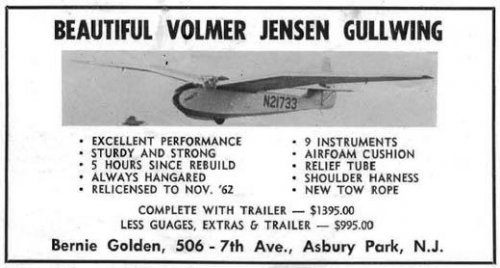
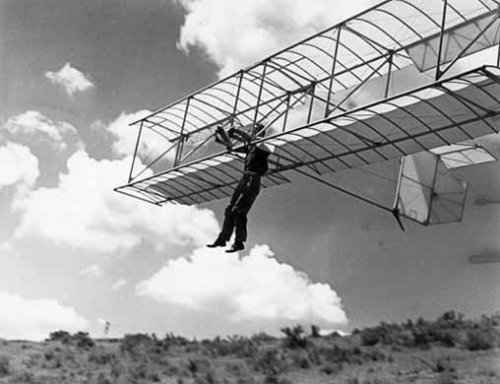
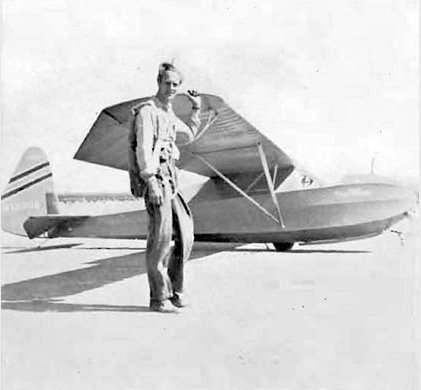
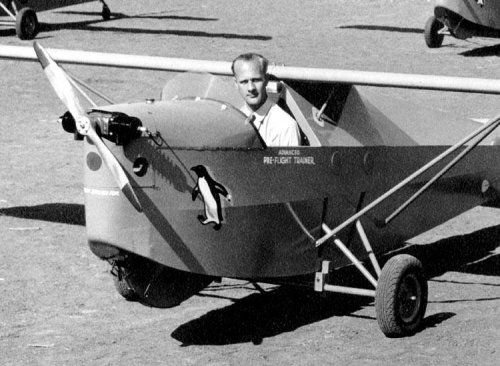
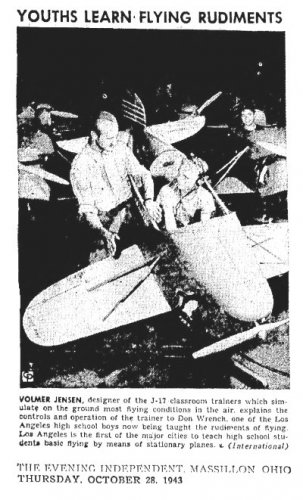
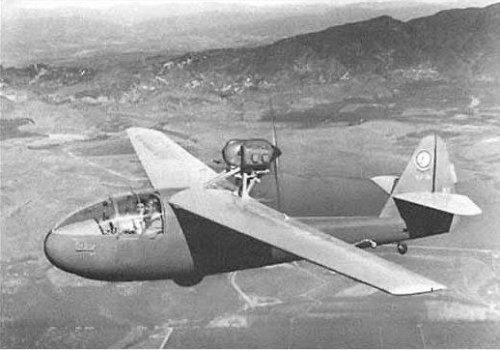
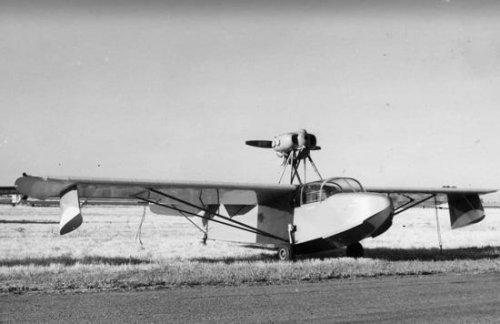
![Décollage___le_magazine_de_[...]_bpt6k9766993s_16.jpeg](/data/attachments/146/146768-9c67e638f1c26cb342ff800fa61cceb5.jpg)